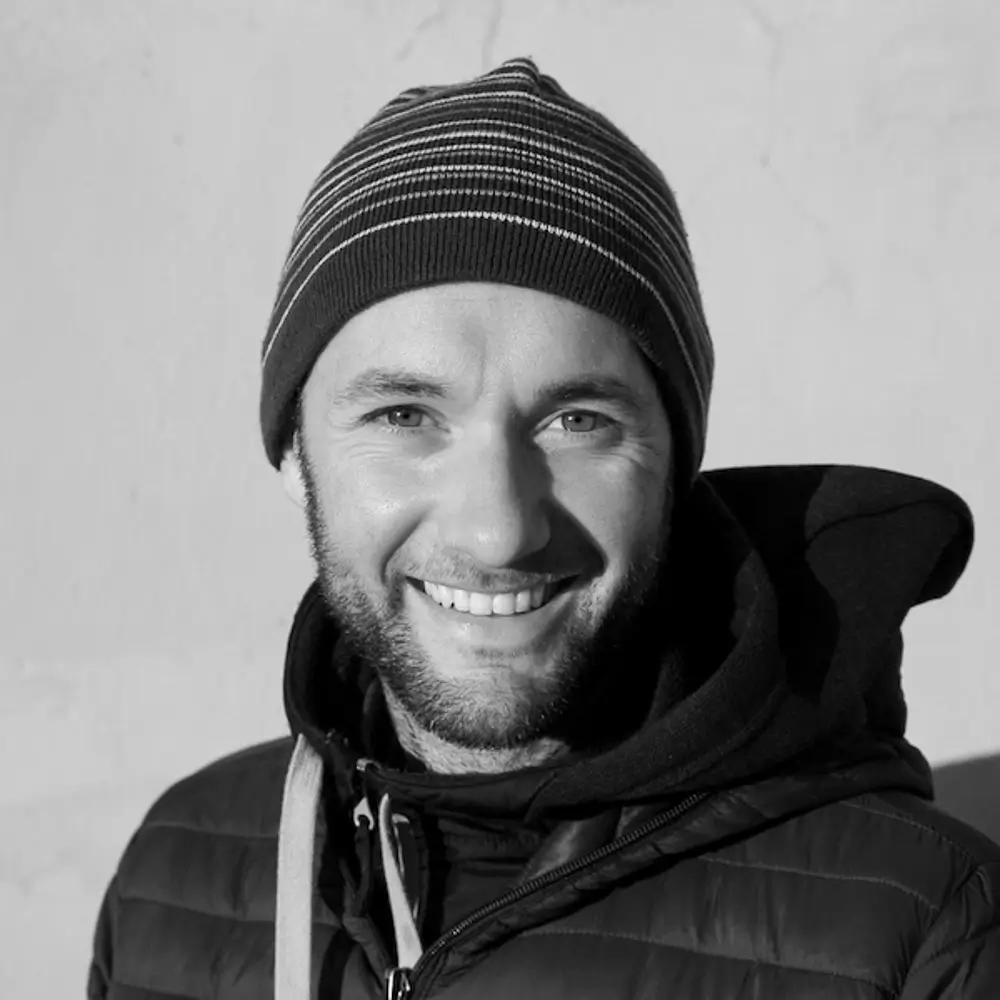I am an Italian photographer with a passion for exploring places where
spirituality, tradition, and the human experience come together. Raised in the
Tuscan countryside, I discovered photography as a way to connect with the
world on a deeper level. My travels have taken me across Asia and Africa,
seeking out the silent stories hidden in daily encounters and the atmosphere of
sacred, remote spaces.
My photographic style gravitates between travel documentary and a touch of
street photography. I prefer a slow and immersive approach—spending
extended time in a few places rather than briefly visiting many. For me,
photography is a journey of presence, curiosity, and listening, allowing the
authentic character and emotion of each place to quietly emerge.
Statement:
Photography is, for me, a practice of attentive presence—a way to connect
more deeply with the world and the people I encounter. I am drawn to
environments where tradition and spirituality are still a living force, and I try to
approach each subject with honesty and respect. Through my images, I hope to
evoke a sense of wonder and reflection, inviting viewers to slow down and
appreciate the subtle beauty of ordinary moments.
AAP Magazine:
AAP Magazine 49: B&W